What is Oil Chef?
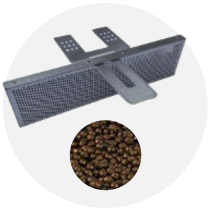
OiL Chef is the sustainability champion added to deep fryers in professional kitchens.
This multiple award-winning technology delays the cooking oil from ageing and enables operators to use less energy during cooking cycles.
OiL Chef saves time, energy, environmental waste and significantly reduces carbon footprint –while adding superior value to food quality.
Ready to see how much you could save?
Read About Our Impact

How does it work?
- There is no magic! – only science!
- The forcible catalytic effects of OiL Chef, work as a stopper agent against deterioration of the fat and oil.
- Generating molecular oxygen in the oil - through catalytic absorption of O2 onto the ceramic pellets’ near infinite surface areas.
- This active molecular oxygen cuts the chains of lumpy oil bodies that raise oil viscosity.
- It keeps the oil in finer form, improving heat conductivity that enables quicker cooking at lower temperatures.
- It prevents oil from breaking down resulting in less harmful by-products in the oil and less oil being absorbed by the food being fried/blanched.
Ready to see how much you could save?
Independent laboratory efficacy testing
Frying Oil Lab Test Analysis
FRYING OIL DEGRADATION ANAYLYSIS DATA(Test Lab: Japan Food Research Laboratories)

-
NOTE
- The above data are based on samples of frying oil that have been in use for 8 hours a daily for three (3) consecutive days.
- Based on the standard test method of fat analysis (Japan Petrochemical Institute).
- Based on the standard test method of fat analysis (Japan Petrochemical Institute). Absorption of light is 1gram/sample with wavelength of 440nm.
- Viscosity was measured at 68°F (20°C) temperature.
- The oil color was gauged by use of Rovibond method (cell length: 10mm). R is Red and Y is Yellow.
- Based on the standard test method of fat analysis / Japan Petrochemical Institute.
OIL CONSUMPTION TEST DATA(Test Lab: Aintech, Ltd. in Japan)

-
NOTE
- TESTING PERIOD: 8 hours daily for three (3) consecutive days.
- FRYING OIL & OBJECTS USED:
- Cooking Oil: 2 liters of Nissei frying oil.
- Coating powder for food objects: Showa tempura powder with chestnut starch powder.
- Food objects: Sweet-potato, potato, chicken meat, mackerel, pumpkin, ball onion, eggplant, and persimmon.
- TEMPERATURE SETTING:
- Temperatures were controlled within range of 302~356°F (160~180°C).
- Fixed average temperature below usual setting by 9~18°F (5~10°C) on average.
302-320°F - French fries, eggplants 320-338°F - Sweet potato, pork cutlet, Koroke (mashed potato pie) 338-366°F - Fish, shrimp, chicken
*Result Analysis: 11.5% (or 230 cc) less oil consumption on account of OiL Chef during the 3 days frying exercises.
A SEPARATE KINETIC VISCOSITY TEST DATA (Test Lab: Nijuu Techui, Ltd. In Japan)

-
NOTE
- The viscosity was measured at 104°F (40°C) by Standard Oil Analysis Method using Canon Fenske Viscosity Gauge instrument.
DISSOLUTION TEST DATA-SAFETY (Test Lab: Japan Food Research Laboratories)

-
NOTE
- For OiL Chef dissolution testing, 1 liter of frying oil as solvent was used and heated to 356°F (180°C) for 30 minutes.
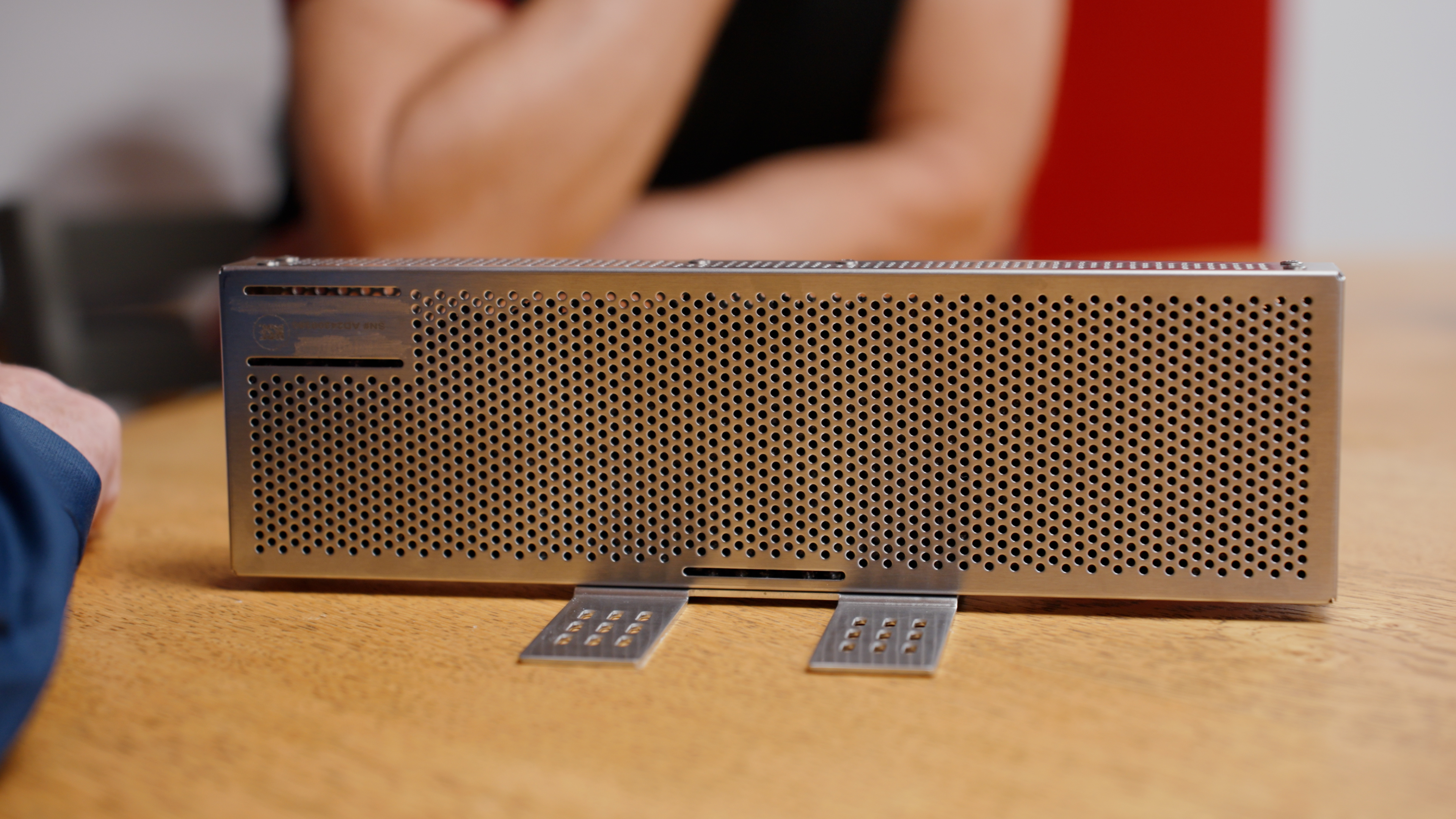


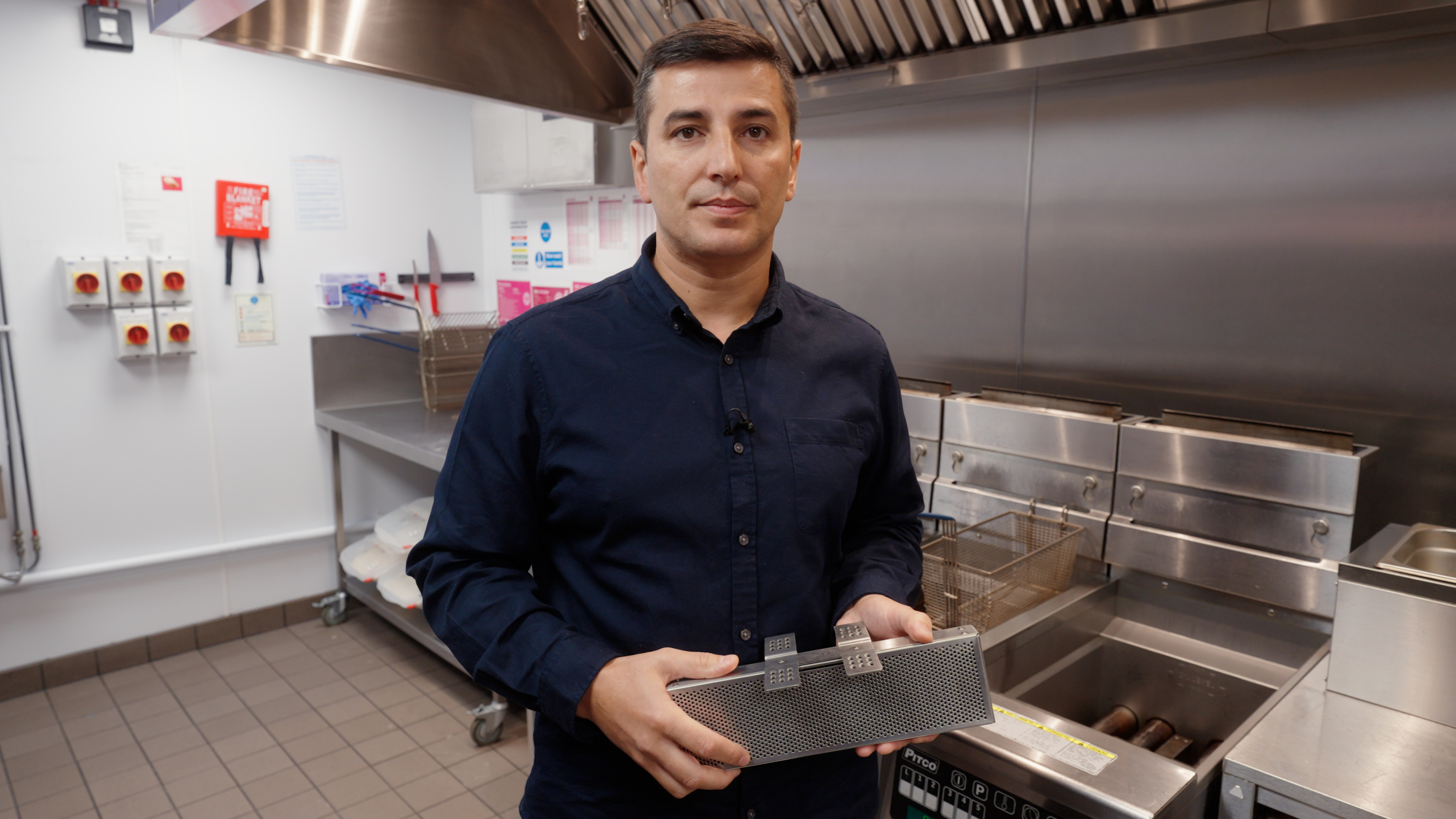
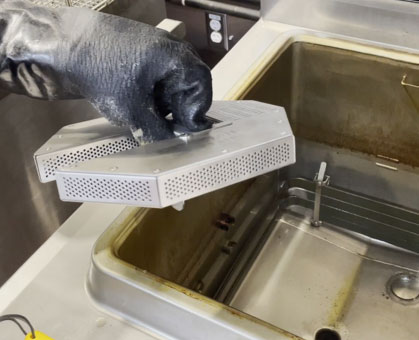

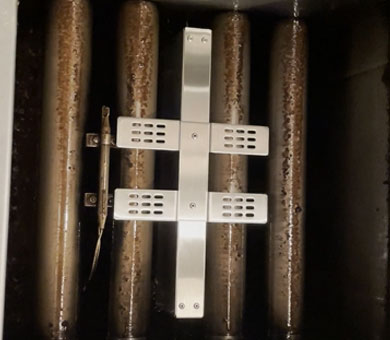
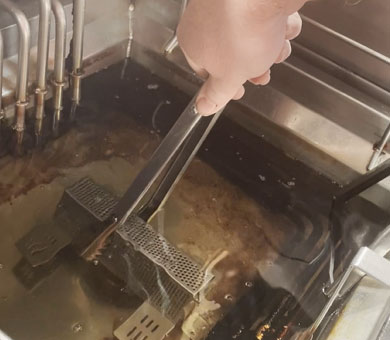
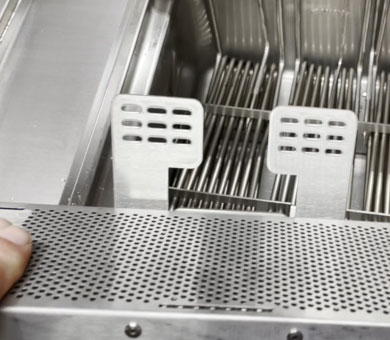
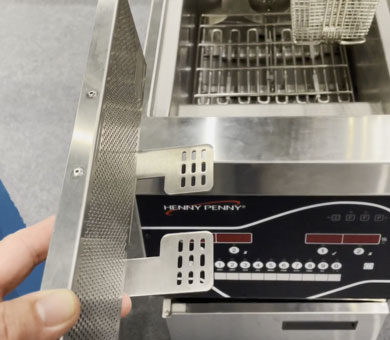
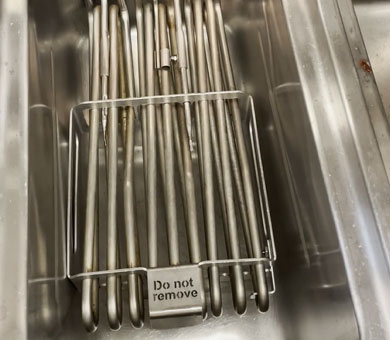
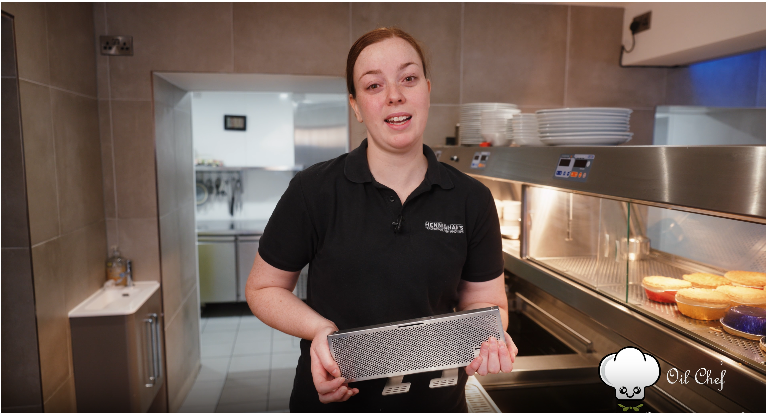
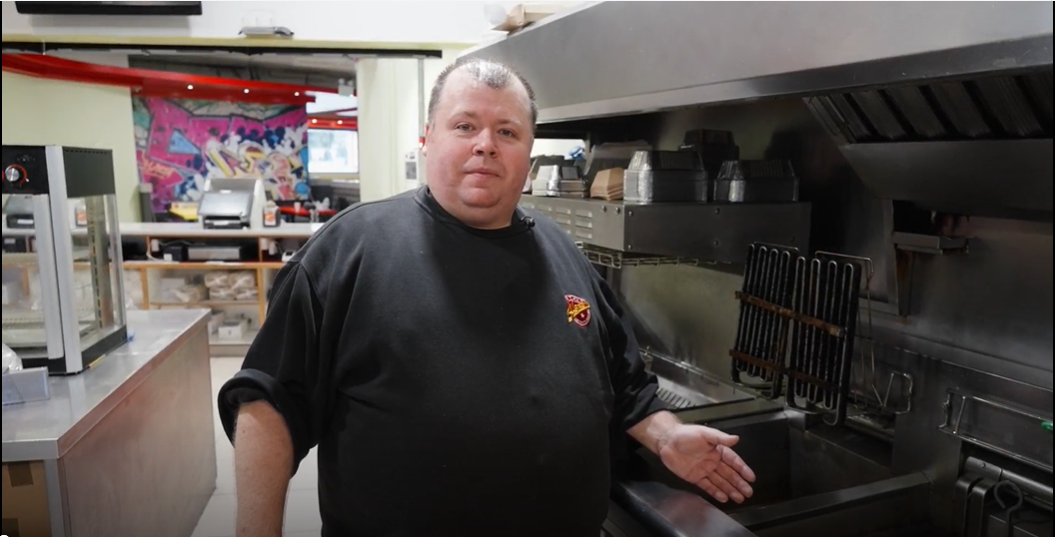
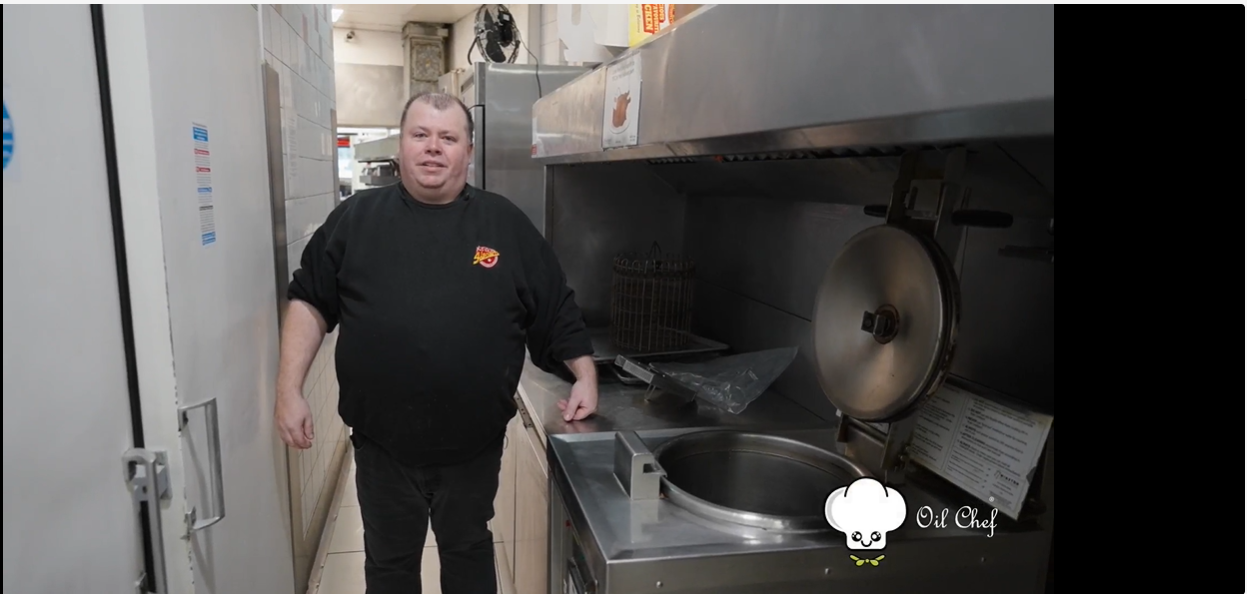
Discover expert tips that restaurants worldwide use to reduce costs and improve food quality.
If you didn't get the email, let us know at salessupport@oilchef.com and we will get that to you right away!